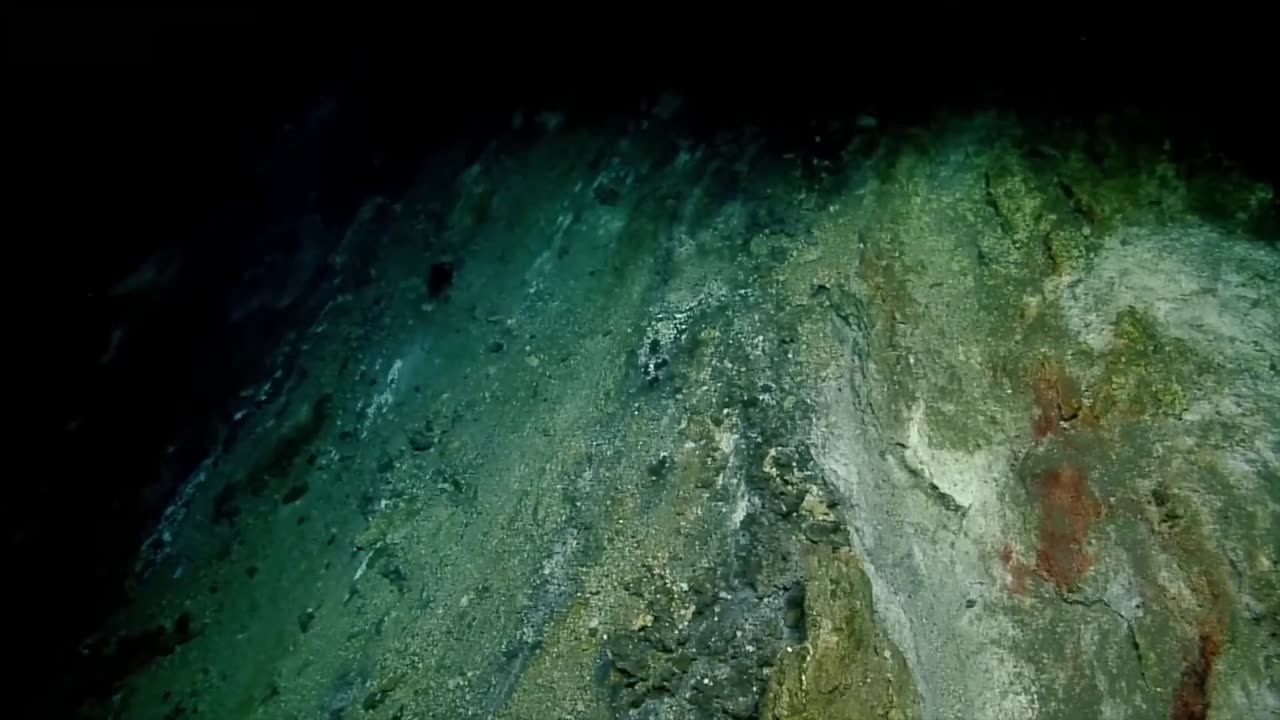Premium Only Content

Journey to the Abyss: Exploring the Mariana Trench
Mariana Trench Exploration: Venturing into the Abyssal Depths of the Earth
The Mariana Trench, located in the western Pacific Ocean, is Earth's deepest and most mysterious frontier. Its depths remain largely unexplored and enigmatic, harboring secrets that continue to captivate the scientific community and explorers worldwide. Here's a description of Mariana Trench exploration:
A Geological Marvel:
Incomparable Depths: The Mariana Trench plunges to astonishing depths, with its deepest point, the Challenger Deep, reaching down to approximately 36,070 feet (10,994 meters). To put it in perspective, this is deeper than the height of Mount Everest.
Subduction Zone: The trench is the result of the tectonic collision between the Pacific Plate and the Mariana Plate. The intense geological activity creates the dramatic topography that defines the trench.
Historical Exploration:
Trieste's Historic Dive: In 1960, the deep-sea submersible Trieste, piloted by Don Walsh and Jacques Piccard, completed the first manned descent to the Challenger Deep. This historic journey marked the first human foray into the trench's abyssal depths.
Modern Exploration:
Advanced Submersibles: Since Trieste's groundbreaking dive, technological advancements have led to the development of more sophisticated submersibles. These include vehicles like the DSV Alvin, ROV Nereus, and the DEEPSEA CHALLENGER, which have ventured to explore the trench's mysteries.
Scientific Endeavors: Mariana Trench exploration has revealed a plethora of new species, unusual geological formations, and valuable scientific data. Researchers have discovered unique life forms adapted to extreme pressure and darkness, shedding light on the limits of life on Earth.
Key Discoveries:
Bioluminescent Wonders: The trench is home to bioluminescent creatures adapted to the deep-sea environment. Species like the anglerfish, with its luminous lure, are among the fascinating discoveries made in the trench's depths.
Trench Fauna: Strange and previously unknown species of amphipods, jellyfish, and giant single-celled organisms have been found thriving in the trench's extreme conditions.
Microplastic Pollution: Surprisingly, even the Mariana Trench is not immune to human impact. Research has detected microplastic pollution in its remote depths, highlighting the global scope of plastic pollution in our oceans.
Ongoing Exploration:
Scientific Intrigue: The Mariana Trench remains a focus of scientific exploration, with researchers studying its geology, ecology, and potential links to understanding Earth's geological processes and climate history.
Environmental Concerns: As we gain a deeper understanding of the trench's fragile ecosystems, conservation efforts are increasingly important to protect this unique and pristine environment from human activities.
In summary, Mariana Trench exploration represents a remarkable journey into one of the planet's most extreme and mysterious environments. It continues to push the boundaries of human knowledge, providing insights into the Earth's geological history and the incredible adaptability of life in the darkest and most extreme corners of our planet's oceans.
-
 LIVE
LIVE
Drew Hernandez
8 hours agoTRUMP HINTS DEMS COULD HAVE PLANTED FAKE EVIDENCE & MANIPULATED EPSTEIN FILES
984 watching -
 LIVE
LIVE
Eternal_Spartan
10 hours agoThe Legend of Zelda: Majoras Mask Ep. 5 | USMC Vet | Come Join the Best Chat on Rumble!!!!
96 watching -
 3:44:24
3:44:24
Barry Cunningham
5 hours agoBREAKING NEWS: LIVE COVERAGE OF NEW YORK POLICE OFFICERS UNDER SIEGE!
75.7K59 -

The Pascal Show
3 hours ago $0.34 earnedBREAKING! Active Shooter In Midtown Manhattan NYC Multiple People Shot!
11.7K -
 10:25
10:25
MattMorseTV
8 hours ago $2.05 earnedVance just DROPPED a NUKE.
27.1K34 -
 LIVE
LIVE
Jokeuhl Gaming and Chat
6 hours agoDARKTIDE - Warhammer 40k w/ Nubes and AoA
117 watching -
 LIVE
LIVE
Shoriantrax
2 hours agoLIVE: Hardcore Chaos in Tarkov – Loot, Die, Repeat!
15 watching -
 LIVE
LIVE
John_Goetz
3 hours agoJohn Gets Gaming - Medal of Honor Vanguard Part 2
14 watching -
 1:29:09
1:29:09
RiftTV
4 hours agoSydney Sweeney Spreading RACIST Propaganda? | The Rift | Guest: Braeden Sorbo + Sarah Stock
36.2K9 -
 LIVE
LIVE
VapinGamers
3 hours ago $0.01 earnedDestiny 2 - The Premium Destiny 2 Experience with the Community! - !rumbot !music
11 watching